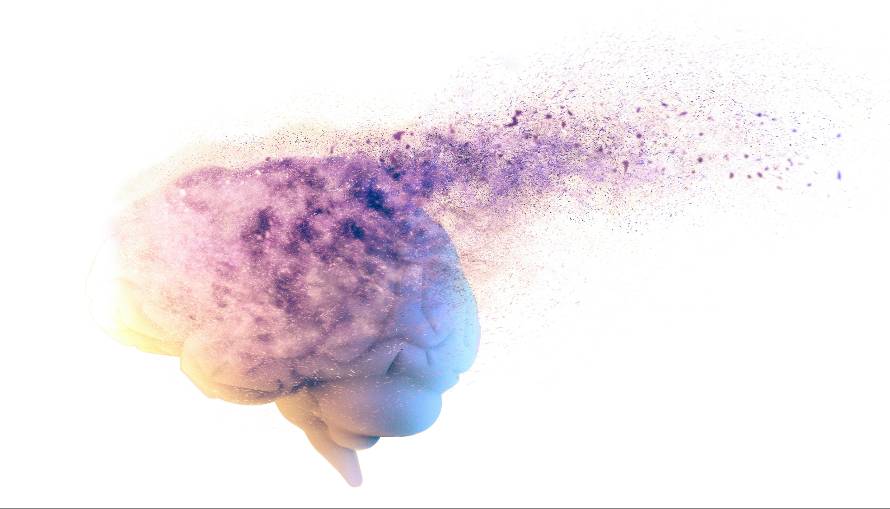A team of researchers led by scientists from the University of California, Santa Barbara (UCSB) has discovered possible methods to stop the spread of abnormal tau proteins in the brain, which are responsible for a range of neurodegenerative diseases, including frontotemporal dementia (FTD), progressive supranuclear palsy (PSP), and corticobasal degeneration (CBD). The findings, published in the Proceedings of the National Academy of Sciences, shed light on how these diseases progress and offer hope for future treatments.
Tau is a vital protein in the brain that gives cells their shape and stability, and helps transport essential nutrients. However, when tau mutates and misfolds, it can become sticky and form tangles. These misfolded tau proteins can then spread throughout the brain, causing normal tau proteins to misfold and accumulate, leading to various neurodegenerative disorders.
The research team focused on the longer “four-repeat” (4R) version of tau, which is associated with FTD, PSP, and CBD. Using advanced techniques like transmission electron microscopy and molecular dynamics simulations, along with cell culture experiments, the scientists were able to understand the conditions that cause 4R tau to misfold and spread.
“Tau folds in a unique way in each of these diseases,” explained UCSB neuroscientist Kenneth S. Kosik, one of the lead researchers. “One part of it folds into a hairpin structure only in the 4R tau.” Within this hairpin structure, there is a sticky segment called PHF6 that can bind and stack up other tau proteins, forming large aggregations.
The researchers discovered that by making a small change to a single amino acid near the sticky region of tau, they could prevent tau from aggregating. They also found that nanobodies, which are fragments of antibodies from camels and other related animals, could bind to the PHF6 region and stop tau from clumping together.
While more research is needed before targeted treatments can be developed and approved, these findings provide exciting potential pathways for preventing the formation of neurofibrillary tangles that characterize tauopathies.
“We would want to continue to test this technology in animal models,” Kosik said, acknowledging the significant contributions of postdoctoral researcher and lead author Andrew Longhini, as well as graduate student researchers Austin DeBose and Samuel Lobo, who played crucial roles in the project.
The interdisciplinary nature of the research, which combined biology and chemistry, was essential to its success. “It’s so interdisciplinary, it’s amazing,” Kosik remarked. “I learned so much from this project.”
In addition to advancing research on FTD, PSP, and CBD, the findings from this study may also provide clues for developing therapies for other neurodegenerative diseases, such as Pick’s disease, which involves the shorter “three-repeat” (3R) form of tau, and the more complex Alzheimer’s disease.
Kosik remains optimistic about the potential implications of this research. “We’ll try to apply our findings to the more complicated forms,” he said. “We’ll get there.”
As scientists continue to unravel the mysteries of neurodegenerative diseases, studies like this one offer hope for the development of effective treatments that could one day help millions of people worldwide.


